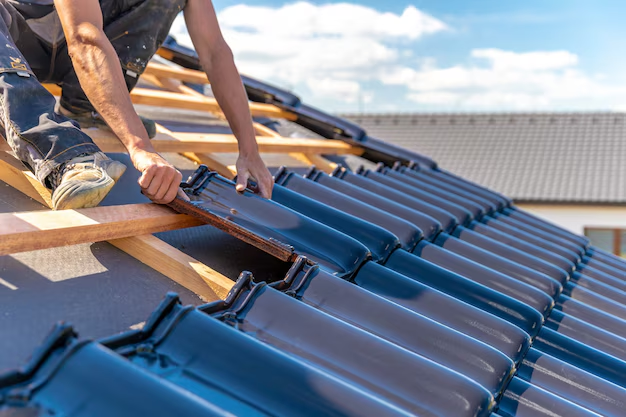Will Your Homeowners Insurance Pay for a New Roof?
Replacing a roof is a daunting task that looms over homeowners like rainy clouds on the horizon. It usually creeps up when least expected, and while you might hope your homeowners insurance has your back, it's not always that simple. Whether or not your policy covers the cost of a new roof largely depends on the specifics of your plan and the circumstances behind the damage.
Understanding Homeowners Insurance Coverage
Homeowners insurance is designed to protect against unexpected damage, not ordinary wear and tear. Typically, insurance policies cover roofs damaged by sudden and accidental events. Common examples include:
- Storm damage: If your roof suffers damage due to high winds, hail, or falling trees, your insurance may step in to cover the cost of repairs or replacement.
- Fire: Fires are generally covered by your homeowners insurance, including the replacement of a damaged roof.
- Vandalism: Acts of vandalism leading to roof damage are usually under coverage.
These are just examples, and your policy could have exclusions or limitations specific to roof coverage. Therefore, reviewing your insurance documents or discussing with your insurance agent is crucial to understand your coverage.
When Homeowners Insurance Won't Cover a New Roof
It's important to recognize when your insurance might deny a claim. Most policies do not cover:
- General wear and tear: Homes experience aging, and roofs naturally wear out over time.
- Neglect: Failing to maintain your roof or addressing minor issues promptly may lead the insurer to deny claiming due to negligence.
- Floods or earthquakes: Standard insurance policies typically exclude flood and earthquake damage. Separate coverage or riders are necessary for these.
Alternatives for Financial Assistance
If you find that insurance won't cover the cost of a new roof, several financial assistance options could come to your aid:
Government Aid Programs
Federal, state, and local government programs aim to assist homeowners with essential repairs for safe and livable homes.
- FHA Title I Property Improvement Loans: This program could provide funds for home renovations, including roofing.
- Weatherization Assistance Program (WAP): Geared toward improving energy efficiency, this could allocate funds for roof-related upgrades.
Financial Aid and Loan Options
- Personal Loans: Financial institutions offer loans with flexible terms that could suit roof replacement necessitations.
- Home Equity Loans: Borrowing against your home’s equity can help finance substantial home improvements, including roofing.
Community Resources and Nonprofits
Local charities and nonprofit organizations often help homeowners, especially those on low incomes, by funding repairs or providing volunteer labor.
Taking Proactive Steps
Prevention is key—regular inspections and maintenance can extend your roof's lifespan and potentially prevent costly future claims. Additionally, many insurance companies offer discounts for installing impact-resistant roofing materials, which could benefit your policy and safeguard against future damage.
As homeowners juggle the realities of roof replacement costs without insurance backing, exploring these programs and options could ease the burden.
Financial Assistance Options at a Glance:
- 🔧 FHA Title I Loans: Financing for home renovations, including roofs
- 🌬️ Weatherization Assistance Program: Improve efficiency and get roof-related aid
- 🏡 Home Equity Loans: Tap into your home’s equity for major repairs
- 📚 Personal Loans: Flexible financial solutions from banks
- ❤️ Nonprofit Resources: Look for local organizations offering repair assistance
Navigating the intersection of homeowners insurance and financial assistance for roof replacement requires diligence and proactive exploration of all options available. Taking advantage of these resources and discussing with your insurance provider can pave the way to preserving your home and financial stability.
